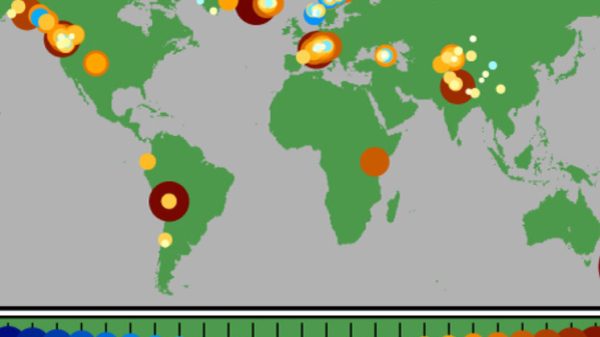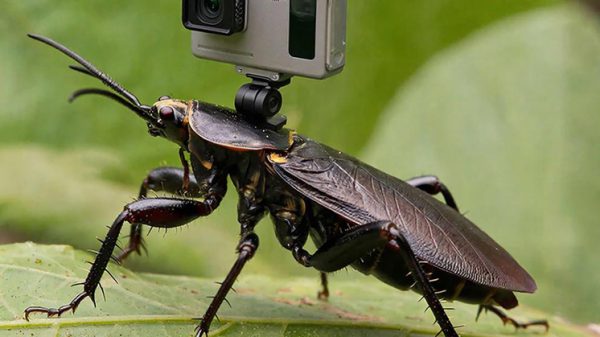On Mars, a bottomless pit is causing confusion among astronomers
There may be large underground caves on Mars containing possible shelters. Collapsed sections of lava tubes, called skylights, provide access to these underground shelters. And the hole discovered on the surface of the planet may be one of them. But scientists still have no idea what is inside it.

The Martian hole is only a few meters in diameter and is located in the area of one of three dormant volcanoes in the Tharsis Montes group of three volcanoes.
The area is a vast volcanic plain. It is elevated compared to the rest of Mars, averaging about 10 kilometers (6 miles) above the planet's average altitude. The region has clearly been volcanically active in the past, and features like the hole are a direct result of ancient volcanic activity, according to Science Alert.
But on Mars, which is colder than Earth, there are many other ways holes like this could form: meteorites leave craters, lava tubes collapse to form deep holes, ancient floods carve out huge canyons, and volcanoes melt ice to form sinkholes. Several of the holes in the Arsia Mons region may be collapsed skylights or openings to underground lava tubes.
However, there is a lot of uncertainty. The image of one of them shows a lit side wall, which may indicate that it is simply a cylindrical pit.
The hole in the telescope image can only be a pit or shaft, and not the entrance to a cave or lava tube. These are also found on Earth, on Hawaiian volcanoes, where they are called pit craters, and are thought to be the result of a collapse that occurred much deeper underground.
In Hawaii, crater depths range from 6 to 186 meters and widths from 8 to 1,140 meters.
“We understand the lava pits and tubes on the Moon much better than we do on Mars. We know that some are heat stable at temperatures around 17°C (63°F). We also have higher-quality images of them, which show intriguing reflections on boulder-covered floors,” the astronomers say.
Many people are thinking about how to explore these lunar caves and lava tubes, including robotic projects. But Mars is another matter.
One of the pits in the Martian volcano Pavis Mons is particularly intriguing. There is some kind of void underneath the pit, but its nature is difficult to determine. Is it a lava tube? If so, it dwarfs most tubes on Earth.
Researchers have suggested that the hole could be a place where life could exist, or serve as a habitat for future astronauts.
Martian lava tubes are still a mystery. Scientists have found plenty of evidence that they are numerous.
Earlier, the Mars Reconnaissance Orbiter (MRO) used its High-Resolution Imaging Science Experiment (HiRISE) instrument to spot a visible deep hole — a feature that could get more scientists thinking about potential subsurface biology on Mars. HiRISE scientists said at the time that the hole would have to be very deep for the bottom to be invisible in natural daylight, which is quite bright on Mars.





















































Свежие комментарии